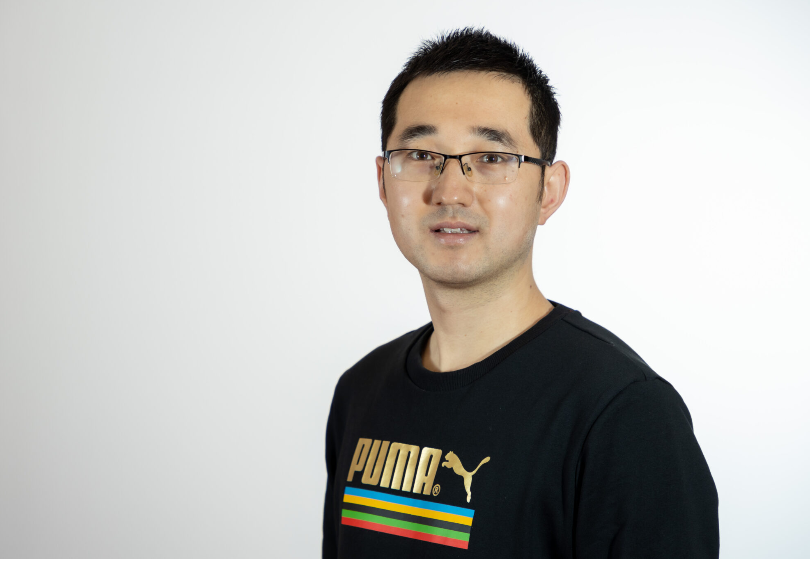The Doctoral School in Sciences and Engineering is happy to invite you to Tong WEI’s defence entitled
Signal Processing Algorithms for Wideband Integrated Sensing and Communications
Supervisor: Prof Bhavani Shankar MYSORE RAMA RAO
Integrated Sensing and Communications (ISAC) has emerged as a new paradigm to shape and enable next-generation wireless networks, e.g., Sixth Generation (6G) wireless communication systems. The motivation for developing ISAC systems lies in addressing the increasing spectrum congestion by designing common hardware and waveforms for both radar and communication functionalities, which can improve spectral efficiency, coverage, parameter estimation, and interference suppression.
To tackle the challenging problems in the area of ISAC, this thesis is divided into three parts. In the first part, we introduce some basics for ISAC and metasurface antennas, respectively, and review the state-of-the-art methodologies for metasurface-aided ISAC systems, which are utilized to underscore the motivation and highlight the contribution of this thesis.
In the second part, we address the beamformer design problem for wideband ISAC systems with the assistance of two types of metasurfaces in the far-field region, which are discussed in Chapters 4 and 5, respectively. Specifically, in Chapter 4, we propose a multiple Reconfigurable Intelligent Surfaces (RIS)-aided wideband ISAC system where the joint design of transmit, receive, and RIS beamformers is formulated to maximize the worst-case radar Signal-to-Interference-plus-Noise Ratio (SINR) subject to transmit power and communication SINR constraints. Leveraging the advantages of both RIS and Reconfigurable Holographic Surfaces (RHS), in Chapter 5, we propose a wideband holographic ISAC system equipped with an RHS at the transmitter and an RIS reflector in the channel. Similarly, we jointly design the receive filter along with the digital, holographic, and passive beamformers to maximize radar SINR while ensuring communication SINR for all users. To solve these optimization problems, we employ the alternating optimization framework, incorporating the Semi-Definite Relaxation (SDR), Dinkelbach and the Alternating Direction Method of Multipliers (ADMM) algorithms.
Furthermore, in Chapter 6, the third part of this thesis focuses on sensing the wireless propagation environment via estimating key parameters like Radar Cross Section (RCS), velocity, and position of unresolved targets, which refer to radar objects, communication users, and background scatterers in wideband ISAC systems operating in the near-field region. The Extremely Large-scale Antenna Array (ELAA) serves as a dual-function transmitter, emitting a wideband Orthogonal Frequency-Division-Multiplexing (OFDM) signal, while the radar receiver processes echoes to estimate these parameters. After estimation procedure, radar targets, communication users, and scatterers are classified in the Doppler or RCS domain. Meanwhile, the generalized Cramer-Rao bound (CRB) is derived to evaluate the estimation performance of the proposed wideband near-field ISAC system, and extensive analyses are conducted to reveal the properties of the nearfield CRB. Numerical experiments demonstrate that the CRB of proposed near-field system outperforms the benchmarks in terms of parameters, i.e., RCS, velocity and position, estimation.
Building on the three main parts discussed earlier, Chapter 7 outlines three key research directions for future work, while Chapter 8 concludes the thesis. Note that the signal processing algorithms presented here offer significant performance improvements for wideband ISAC systems, which are crucial for both future research and practical system design.
